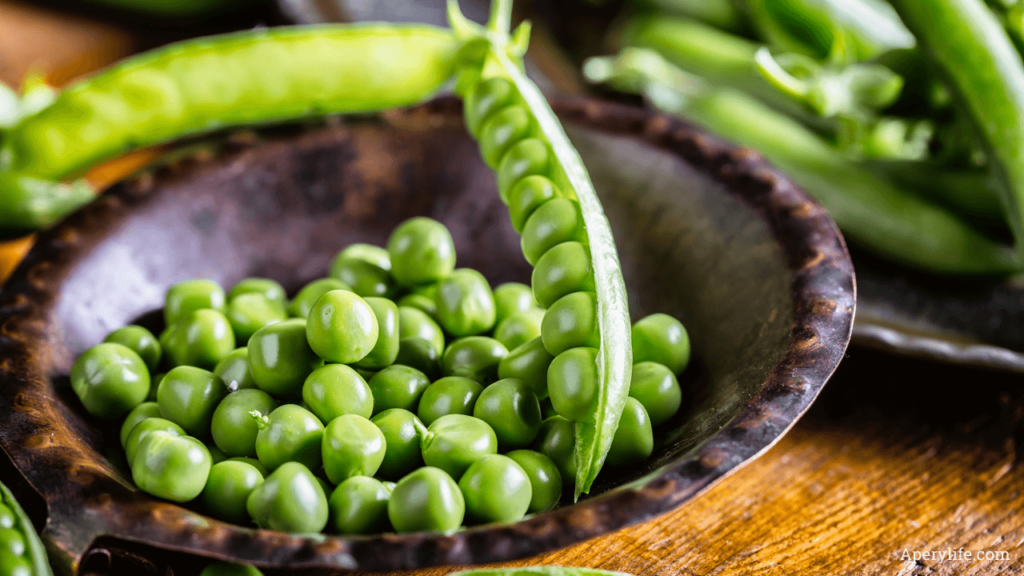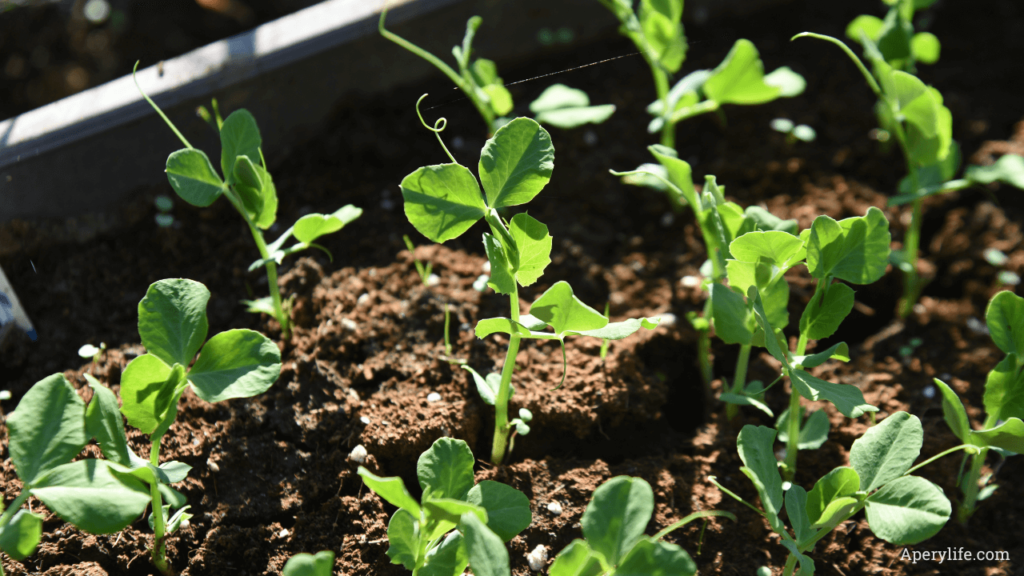Introduction
Peas (Pisum sativum) are ancient legumes, beloved worldwide for their sweet and delicate flavor and versatility in cooking. Native to the Mediterranean basin and the Middle East, peas have been part of human diets for millennia. Perfect for soups, salads, and side dishes, they are a fundamental ingredient in both traditional and modern cuisine, offering a unique balance of taste and nutrition.
Characteristics of Peas
Peas are distinguished by:
- Color: Bright green, adding a touch of freshness to dishes.
- Size: Small and round, encased within green pods.
- Varieties: Mainly divided into shelling peas and edible-pod peas, such as snow peas.
- Texture: Tender and juicy, with a consistency that varies depending on the cooking method.
Nutritional Properties and Health Benefits
Peas are rich in essential nutrients, offering numerous health benefits:
- High in Protein: An important source of plant-based protein, perfect for vegetarian and vegan diets.
- Rich in Fiber: Promote digestion and help maintain satiety.
- Vitamins and Minerals: Contain vitamin C, vitamin K, iron, magnesium, and potassium, essential for the immune system, blood clotting, and heart health.
- Antioxidants: Rich in polyphenols and carotenoids, they help combat free radicals and prevent cellular aging.
- Low-Calorie: Ideal for a light and healthy diet.

Culinary Uses
Peas are extremely versatile and adapt to a variety of recipes:
- Soups and Stews: Perfect for creamy or brothy preparations.
- Risottos and Pasta: Add sweetness and color to main courses.
- Side Dishes: Excellent sautéed with onion, bacon, or mint.
- Purees and Creams: Ideal for velvety soups or as a base for light sauces.
- Salads: Perfect both fresh and cooked to enrich vegetable or grain salads.
- Veggie Patties and Burgers: Used as a main ingredient for vegan and vegetarian dishes.
How to Grow Peas
Growing peas is simple and suitable for various types of soil:
- Climate and Soil: Thrive in cool, temperate climates and prefer well-drained, nutrient-rich soil.
- Sowing: Directly sown into the ground in spring or autumn in warmer regions.
- Watering: Require regular watering, avoiding water stagnation.
- Growth: Pea plants are climbers and need support structures to grow properly.
- Harvesting: Takes place when pods are full and well-formed but before they become too tough.

Fun Facts About Peas
- Ancient History: Peas are among the oldest legumes cultivated by humans, with remains dating back over 7,000 years.
- Symbol of Prosperity: In some cultures, peas are considered a symbol of abundance and good fortune.
- Scientific Research: Gregor Mendel, the father of genetics, used peas for his pioneering experiments on heredity.
- Sustainability: Pea plants enrich the soil by fixing nitrogen, making them an ecologically sustainable crop.
Precautions
While peas are generally safe for everyone, it is advisable to:
- Wash Thoroughly: Rinse them well before use to remove any impurities.
- Moderation: Consume in moderation if sensitive to legumes, as they may cause bloating or digestive discomfort.
- Storage: Store fresh peas in the refrigerator and consume them within a few days, or freeze them to extend their shelf life.
Conclusion
Peas are a simple yet precious food, perfect for those looking to combine taste, nutrition, and sustainability. Whether featured in traditional dishes or innovative recipes, these legumes represent a versatile and healthy choice for any occasion.
All rights reserved © Copyright Aperylife.com